Top Wall Art Mistakes That Make Your Space Look Smaller (And How to Fix Them)

PSA: Your wall art might be doing your space dirty. But don't worry — we're about to fix that, one mistake at a time.
📌 TL;DR – Common Wall Art Mistakes (And How to Fix Them)
- Hang art at eye level — not hovering near the ceiling.
- Go bigger than you think — small art on big walls feels lost.
- Avoid being too matchy — contrast beats coordination.
- Frame your prints — they instantly look more polished.
- Style every room — yes, even the bathroom and hallway.
- Leave negative space between artworks for visual balance.
- Choose art that suits the mood of each room’s function.
- Pick one hero piece — don’t crowd your walls with noise.
Start reading for the 8 biggest wall art mistakes and how to avoid them like a pro decorator.

1. Hanging Art Too High (aka, Neck Craning Olympics)
Unless you're showcasing your collection to giraffes, wall art should be at eye level. Hanging your prints too high breaks the visual flow and makes ceilings feel like they’re towering awkwardly over a room that's actually small. Aim for the center of the artwork to be around 57-60 inches from the floor — or aligned with the center of your furniture piece.
Fix it: Use painter's tape to map the artwork on the wall first. When in doubt, go lower. Trust us — your neck (and guests) will thank you.
2. Art That's Too Small for the Wall
If your print looks like a postage stamp floating in a sea of white, it's time to go bigger. Small artwork on large walls makes the space feel emptier and more disjointed than it really is. This is especially important above beds, sofas, and dining tables.
Fix it: Choose oversized framed prints or create a gallery wall using multiple cohesive pieces. Not sure how? Our gallery wall sets are designed to take the guesswork out.
Explore our large canvas art options that are made for that statement moment.

3. Matchy-Matchy Syndrome
We get it. You're trying to coordinate. But matching your wall art exactly to your sofa cushions or rug can make a room look flat and — dare we say — lifeless. It shrinks the energy in the space and doesn't allow your art to shine.
Fix it: Think contrast. If your room is neutral, go for bold abstracts or rich photography. Got a lot of color? Try black and white prints for breathing room.
4. Skipping the Frame Game
We’re not anti-minimal, but a naked print can sometimes look unfinished — especially in larger rooms. Without a frame, your art can seem to float awkwardly, making the space feel less grounded and more cluttered.
Fix it: Go for sleek framing that adds polish without overwhelming the print. Choose from gallery wraps, metal, wood, or classic black and white frames — whatever fits your style.
5. Wall Art Only in the Living Room
Neglecting your other rooms (bathroom, hallway, kitchen!) is a missed opportunity. Sparse walls make these spaces feel colder and smaller.
Fix it: Add character with small framed typography in your kitchen, or peaceful landscapes in your bathroom. Our photography prints are perfect for this.
Even entryways deserve attention. Learn how to elevate overlooked areas in our blog: Entryway Art Ideas.


6. Ignoring Negative Space
Cramming every inch of wall space with prints might feel cozy, but it can easily overwhelm a room and shrink the vibe. Negative space gives your art (and your eyes) room to breathe.
Fix it: Space your frames out — think museum wall, not mood board chaos. Leave at least 2-3 inches between smaller frames and up to 6 inches between larger pieces.
7. No Connection Between Art and Room Function

Putting a wild abstract in your calm bedroom or a sleepy landscape in your energizing office can mess with the mood. Mismatched vibes = visual confusion = the space feels off (and often smaller).
Fix it: Match the mood to the room’s purpose. Bedrooms? Think calming neutrals or abstract florals. Dining spaces? Try vintage photography or warm-toned paintings. Start with our room-by-room guide.
8. Choosing Art That’s Too Busy
We love bold, but if every piece in the room is screaming for attention, it’s a full-on sensory attack. Busy visuals can make walls feel like they're closing in.
Fix it: Anchor your collection with a hero piece and build around it with supporting players. Stick to a cohesive palette to let the space feel expansive.
TL;DR – Quick Fix Checklist
- ✅ Hang art at eye level — not ceiling level
- ✅ Don’t be afraid to go BIG
- ✅ Add contrast, not just coordination
- ✅ Frame it — always
- ✅ Style every room, not just the obvious ones
- ✅ Give your walls breathing room
- ✅ Match the art’s mood to the room’s vibe
- ✅ Choose your focal point, don’t clutter
Wall art can totally change the feel of a space — but only if it’s done right. And now, you’ve got the tools to fix it like a pro. 💅
Ready to refresh your walls? Explore our Framed Wall Art Collection or discover curated gallery walls built for your space size.







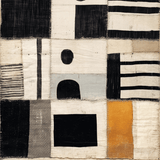



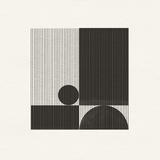








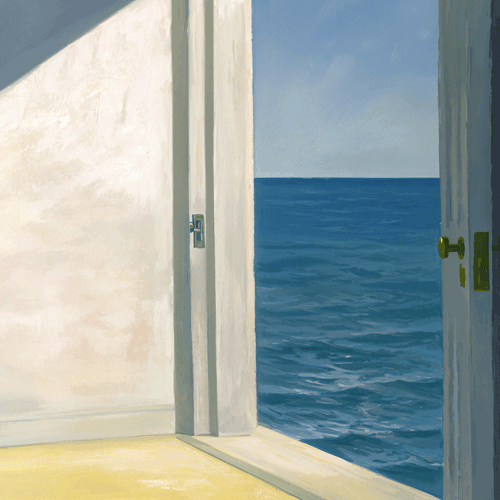

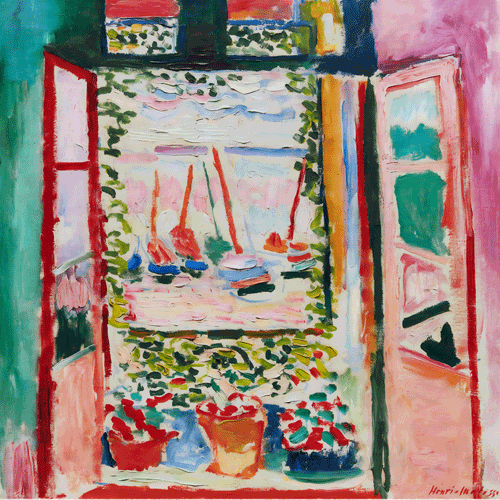

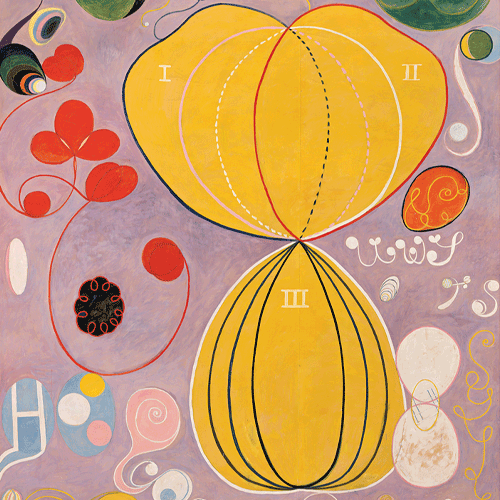

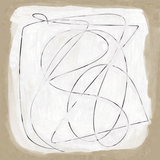













































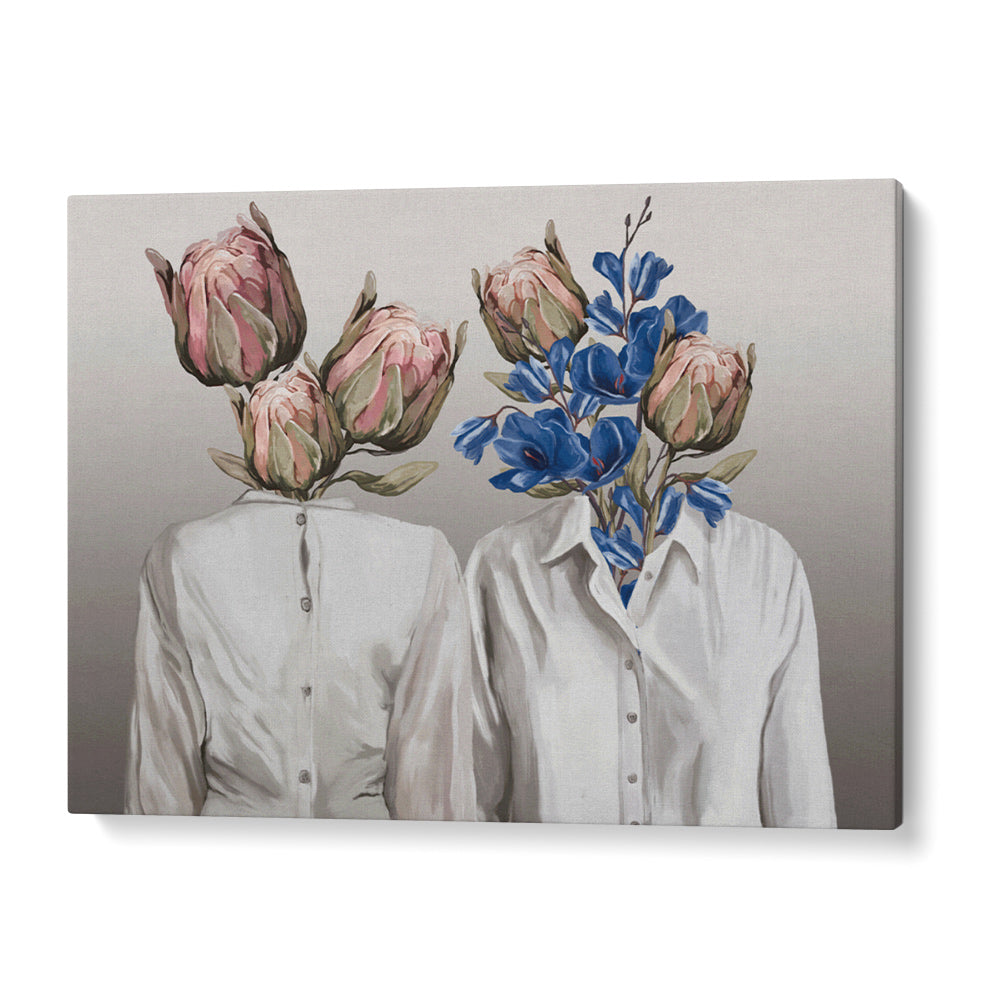
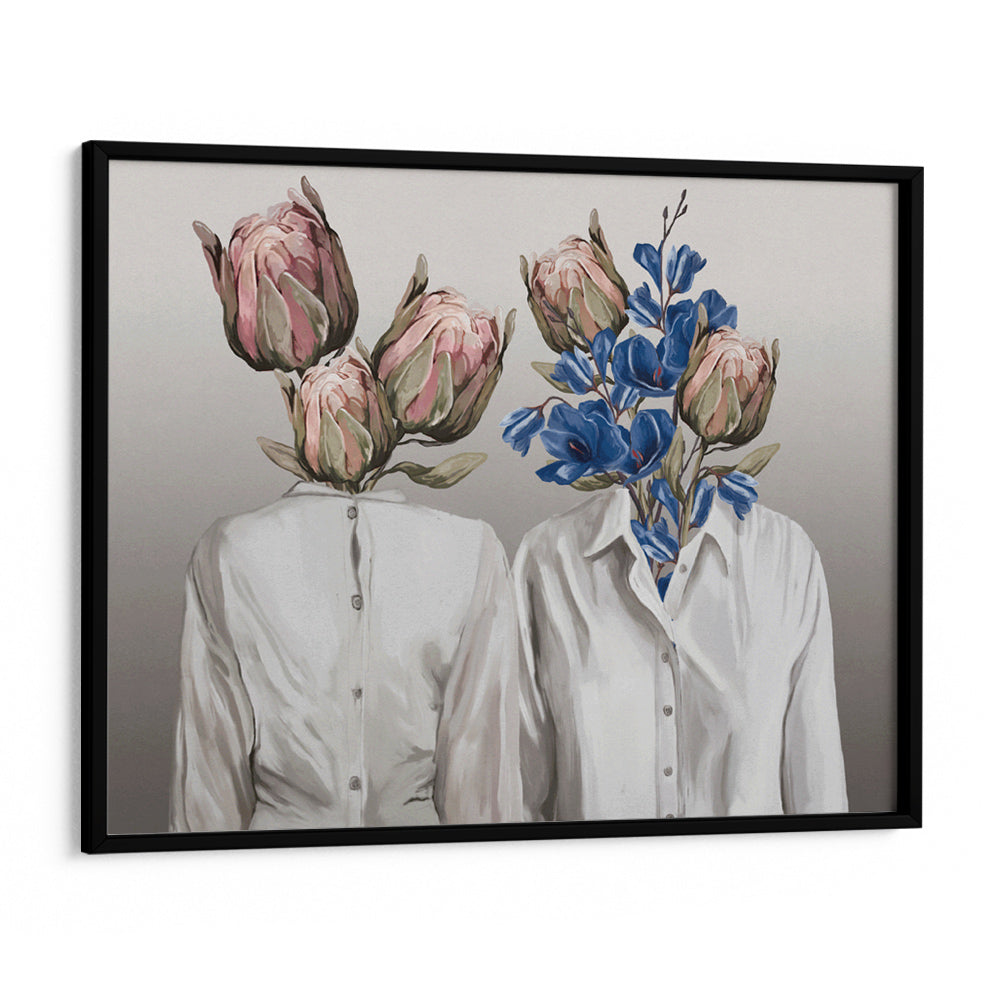
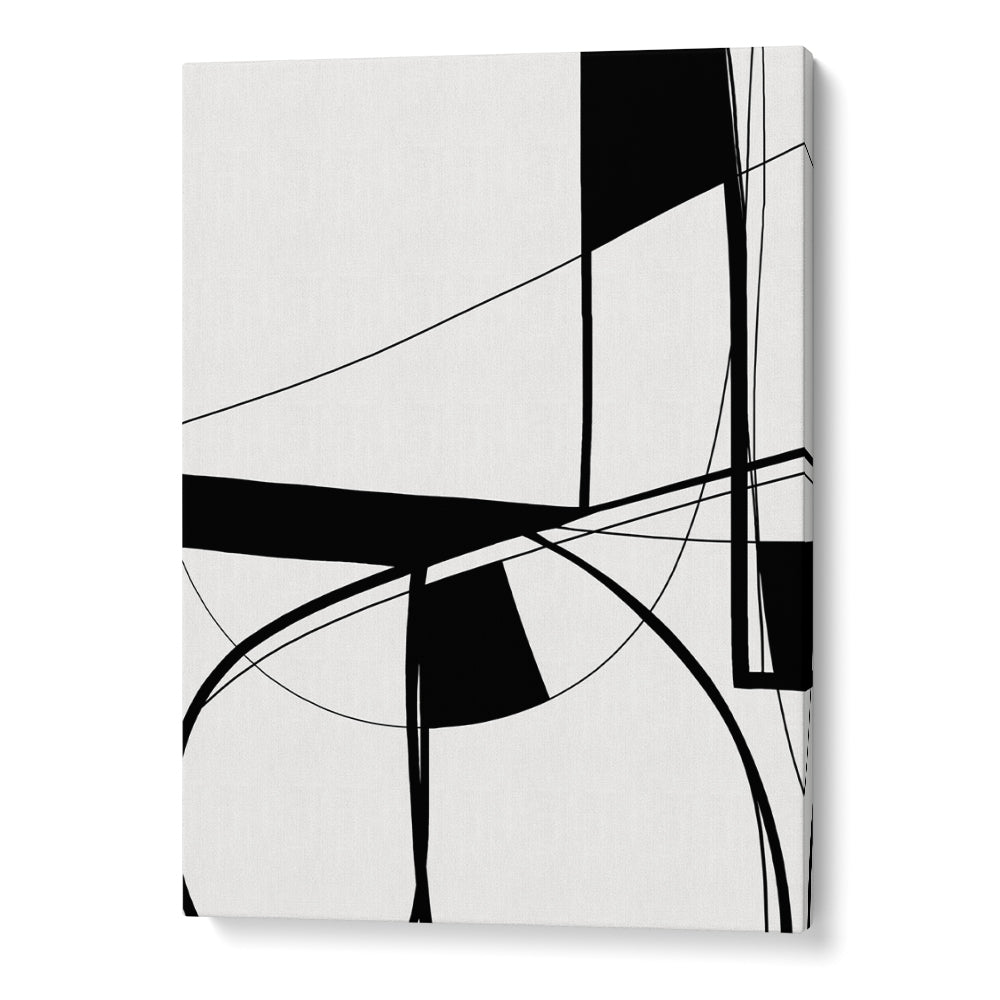
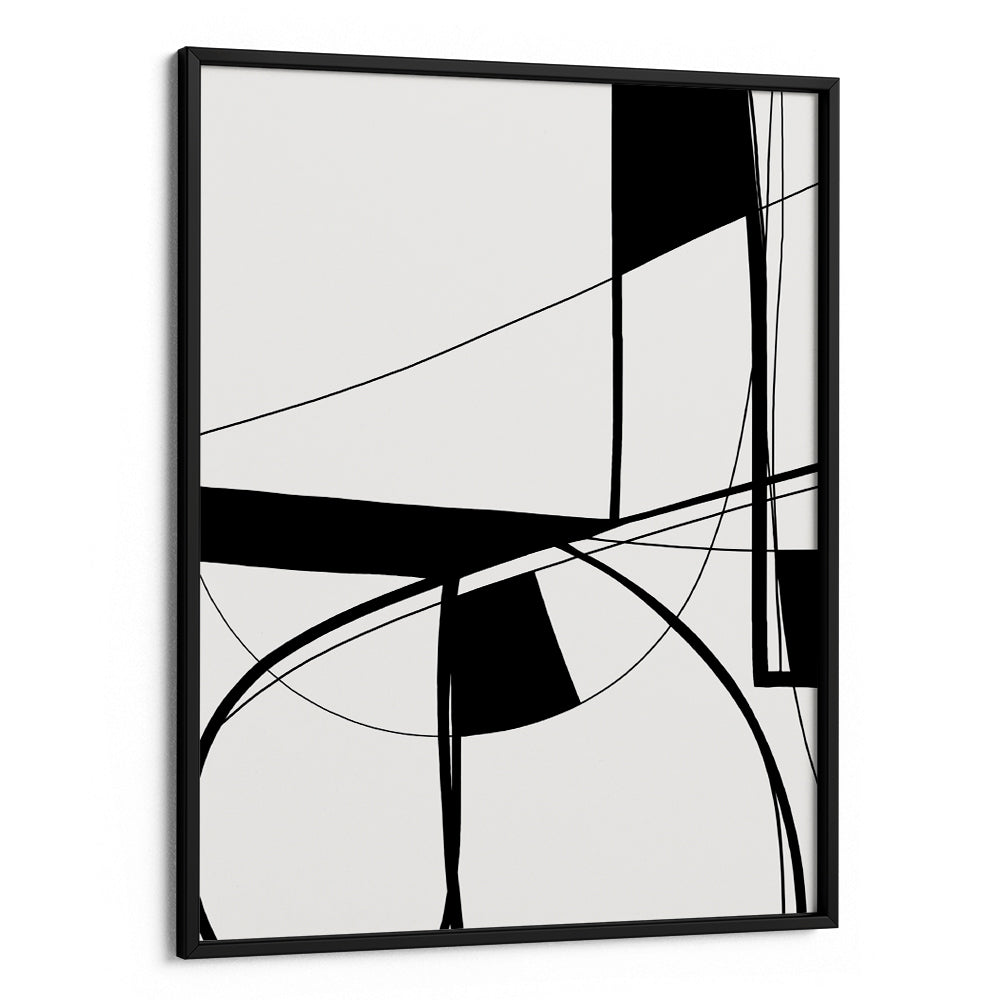
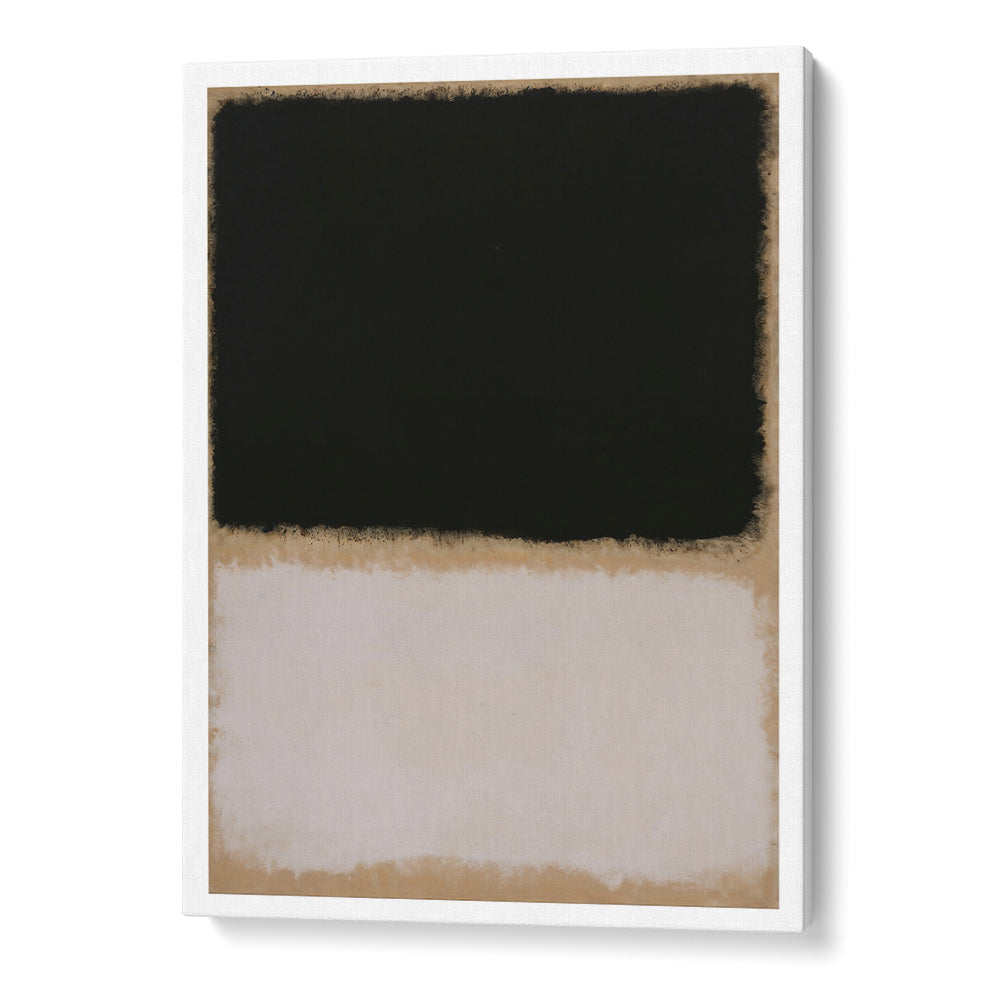
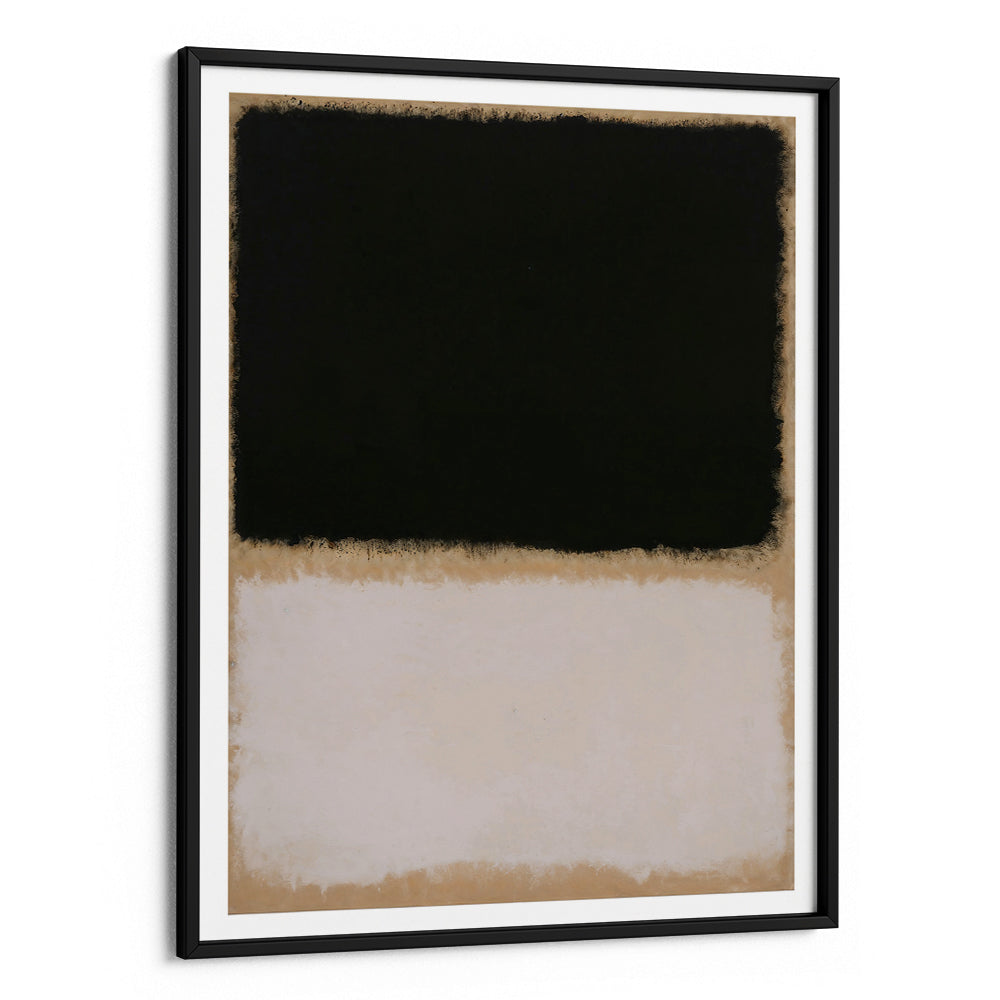

Leave a comment